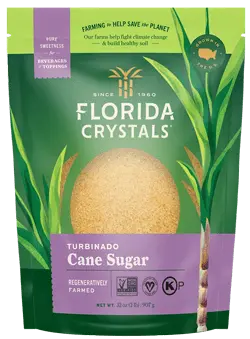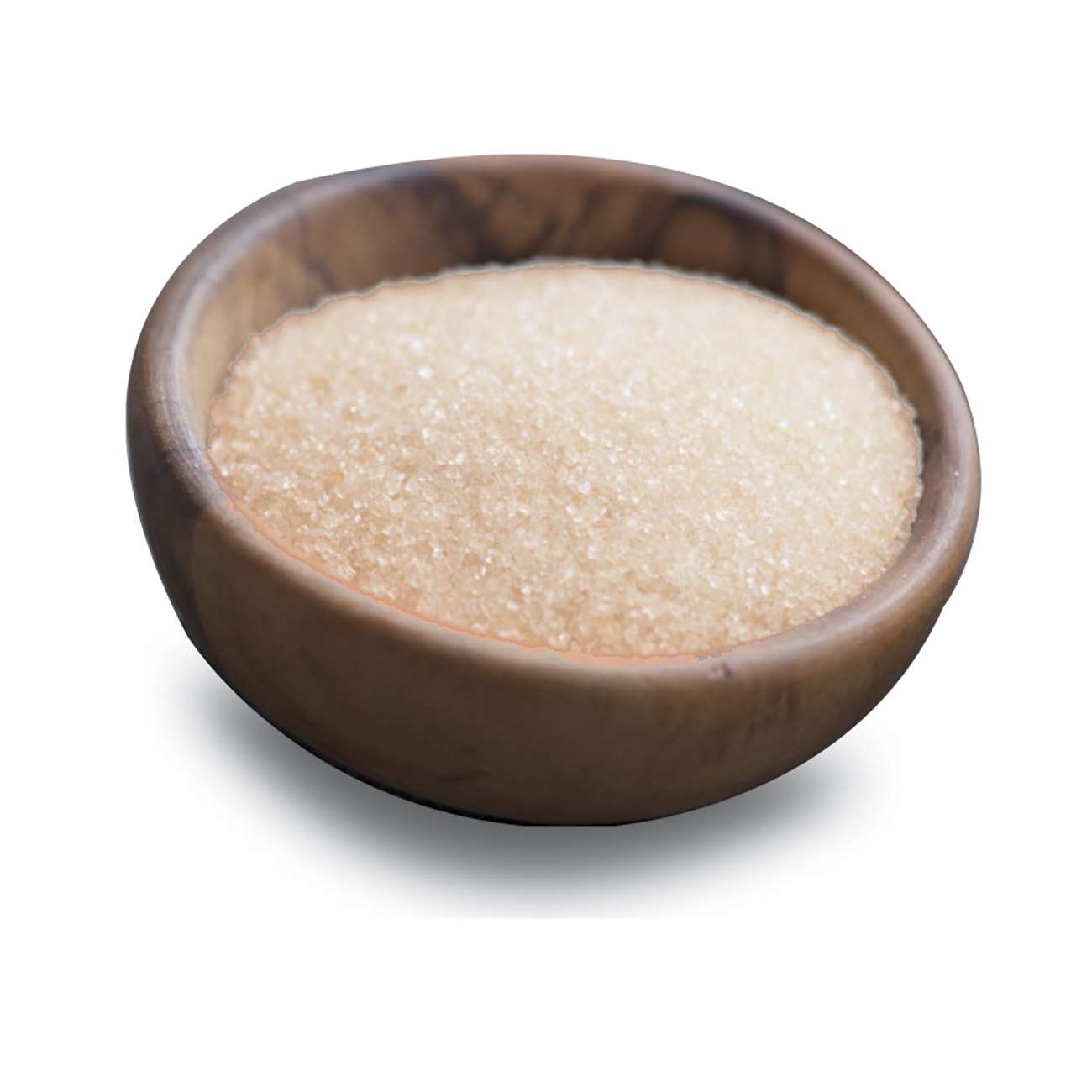Cane Sugar Processing: Trick Technologies for Superior Sugar Manufacturing
Cane Sugar Processing: Trick Technologies for Superior Sugar Manufacturing
Blog Article
Comprehending the Vital Strategies and Technologies Employed in Modern Cane Sugar Processing
The evolution of walking cane sugar processing has been considerably shaped by the combination of advanced strategies and innovations that attend to both effectiveness and sustainability. Enzyme-assisted removal and advanced refining techniques have transformed return optimization, while automation facilitates functional integrity. Additionally, the emphasis on sustainable methods shows a growing recognition of environmental effect. As we explore these crucial advancements, it becomes vital to examine how they not just boost production however additionally straighten with broader sector patterns and customer needs, increasing questions regarding the future of sugar handling and its implications for worldwide markets.
Historical Context of Walking Cane Sugar Processing
The historical context of walking stick sugar handling exposes an abundant tapestry of farming innovation and cultural exchange that has actually formed its growth over centuries. The process of refining and drawing out sugar got momentum in India, where techniques for formation were developed around the 6th century.

Advanced Removal Strategies
Performance in cane sugar extraction has actually seen substantial innovations, driven by the need for greater yields and lower production prices. This strategy not only enhances sugar yield but likewise decreases the power needed for handling.
In addition, the fostering of membrane layer filtering modern technologies, such as nanofiltration and reverse osmosis, has changed the separation of sugar from impurities. These methods enable the discerning permeation of sugar molecules while keeping bigger impurities, simplifying the removal process and lessening waste.
Furthermore, the assimilation of constant removal systems has brought about boosted functional efficiency. Cane Sugar Processing. These systems keep a consistent circulation of walking stick product, making certain ideal removal problems and lowering downtime related to batch processing
Cutting-edge Refining Technologies
Refining methods in walking stick sugar processing have actually undertaken a transformative change, driven by the need for greater pureness and boosted product top quality. Among the most noteworthy innovations is the adoption of membrane filtration technologies, such as ultrafiltration and nanofiltration. These processes properly remove contaminations and colorants without the demand for considerable chemical treatments, thus maintaining the sugar's natural flavor and improving its charm.
Another significant improvement is making use of ion exchange resins, which enable discerning elimination of undesirable ions from sugar remedies. This modern technology not just boosts the total pureness of the end product however likewise contributes to decreased waste and environmental impact.
Additionally, published here innovations in adsorption methods, making use of activated carbon and various other sophisticated products, have actually verified reliable in decolorizing sugar options while preserving ideal high quality. The assimilation of these innovative refining technologies makes sure that suppliers can generate polished sugar with superior quality and taste, fulfilling the evolving preferences of customers.
Automation and Control Equipment
Current improvements in refining innovations have led the way for substantial renovations in automation and control systems within walking stick sugar handling facilities. These systems use innovative software application and equipment to boost operational effectiveness, lower human mistake, and make sure consistent item high quality.
Modern automation incorporates numerous moved here components, consisting of sensing units, actuators, and programmable logic controllers (PLCs), making it possible for real-time tracking and control of important procedures. For example, stress, circulation, and temperature prices can be exactly regulated during removal, explanation, and condensation phases, optimizing performance and decreasing waste.
Additionally, progressed data analytics and artificial intelligence algorithms play an essential role in predictive upkeep, permitting drivers to anticipate equipment failings prior to they take place. This proactive approach not just reduces downtime however additionally expands the life expectancy of machinery.
Furthermore, automation assists in the implementation of Market 4.0 concepts, empowering sugar mills to attain higher connection and data exchange across procedures. As an outcome, decision-making becomes even more informed and active, inevitably boosting the total competition of walking cane sugar manufacturing. With these advancements, the market is well-positioned to meet expanding global needs while keeping functional quality.
Sustainability Practices in Sugar Manufacturing
Sustainability methods in sugar manufacturing have actually ended up being progressively essential as the market seeks to stabilize economic stability with ecological responsibility. As customer recognition grows relating to the environmental influences of agricultural techniques, sugar producers are embracing innovative methods to lower their ecological footprint.
One considerable strategy is the implementation of accuracy agriculture strategies, which make use of data analytics to optimize resource usage, such as water and fertilizers. This decreases waste and decreases check my blog the effect on regional communities. Furthermore, many producers are transitioning to renewable resource sources, such as biomass from sugarcane by-products, to power their procedures, therefore decreasing reliance on fossil fuels.
Water management practices are likewise essential; rainwater harvesting and efficient watering systems aid minimize water scarcity issues. Cane Sugar Processing. In addition, integrated insect administration techniques minimize chemical usage, promoting biodiversity and soil health and wellness
Business social obligation initiatives are arising, with firms purchasing regional areas and guaranteeing fair labor practices. By welcoming these sustainability methods, the sugar market not only boosts its credibility but also adds to a more sustainable farming landscape, paving the means for future generations.

Verdict
In summary, modern-day walking cane sugar processing integrates a variety of advanced methods and technologies that considerably boost performance, yield, and sustainability. Collectively, these improvements place the walking cane sugar sector to satisfy contemporary needs while attending to important international difficulties.
The advancement of walking stick sugar handling has been substantially shaped by the integration of advanced techniques and technologies that attend to both effectiveness and sustainability.The historical context of cane sugar processing exposes an abundant tapestry of farming advancement and social exchange that has formed its development over centuries. Developments in milling and refining emerged, laying the foundation for modern walking cane sugar handling.Refining techniques in walking stick sugar processing have undertaken a transformative change, driven by the demand for greater purity and boosted product quality.In summary, modern cane sugar handling integrates a variety of sophisticated techniques and innovations that significantly improve effectiveness, return, and sustainability.
Report this page